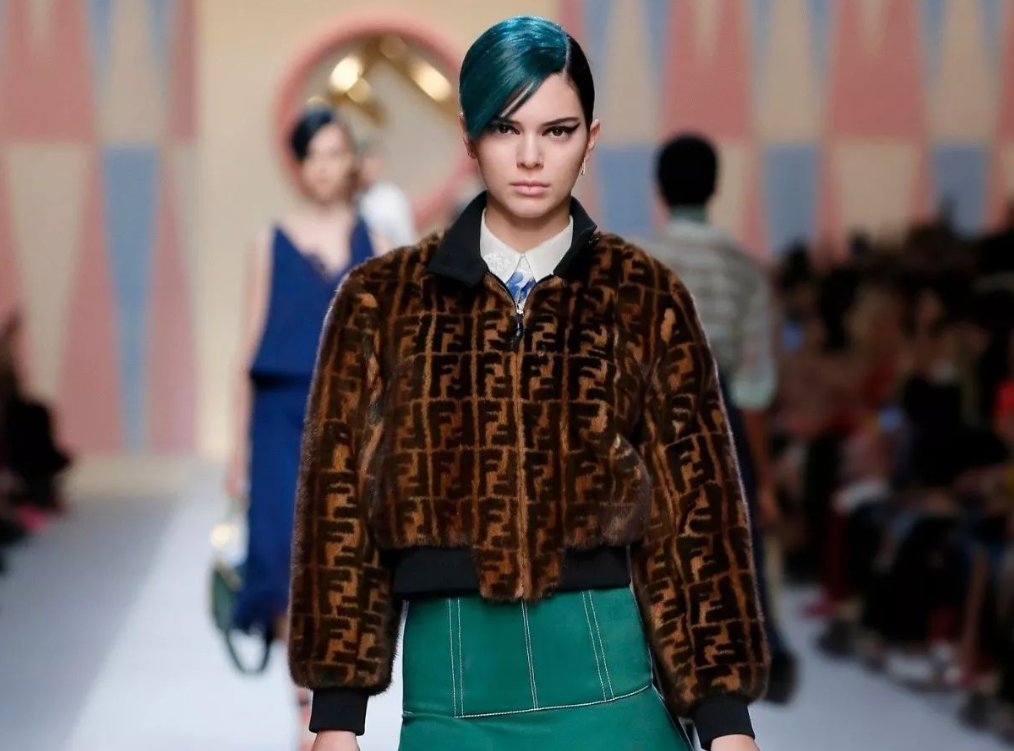
The circular economy aims to minimize the waste of resources, and is driven by design, emphasizing the reduction of resource use, recycling and reuse.
In recent years, circular fashion has also become a field of concern on a global scale.
Circular fashion is about reducing the fashion industry's negative impact on the environment and achieving efficient use of resources through more sustainable materials, design and production processes.
According to Lucie Jeannot, product manager of the fashion team at Premiere Vision, a sustainable fabric show in Paris, legislatures in France and Europe are working on an environmental label that will appear on every commercial product to guide the fashion industry in creating a framework to measure its impact. And encourage eco-design brands to achieve better environmental performance.
The legislation will come into force in France next year and in Europe by 2025.
This is a major move that will change the fashion industry and its business.
It is also a warning to designers and brands that the government is improving the system to promote healthier green development and help consumers make informed choices.
Looking at China, Zhang Wenyu, project director of Premiere Vision Shenzhen, believes that China's circular fashion industry is still in its preliminary stage.
Due to the characteristics of China's fashion textile industry, such as deep foundation, huge volume and long industrial chain, the implementation of circular transformation will involve many aspects, such as raw material innovation and optimization, the establishment of waste fabric recycling links, and the enhancement of consumer market awareness and acceptance.
Instead of saying that it is difficult and long, it is better to meet the needs of sustainable fashion development, from materials, manufacturing, design, marketing, retail, there are huge business opportunities.
In a circular economy, the value of resources is maximised, reducing the environmental burden while creating new business opportunities and economic growth.
Therefore, circular economy is considered to be one of the important paths of sustainable development, helping the economy and the environment to achieve positive interaction and common prosperity.
The practice of circular fashion has a very important thinking principle, that is, "start from the source."
This means that to create a circular product, it is necessary to integrate sustainability considerations into the entire life cycle of the product from the initial design stage, otherwise no remedy is as effective as prevention at the beginning, which is consistent with the logic that health problems are always "prevention is better than cure".
We need to have a comprehensive understanding of the different aspects of circular fashion, like understanding the rules of the game to understand the sustainable materials, design methods and business models to succeed.
This cloth in our hands is the beginning of circular fashion.
How many stories it carries in its life cycle, how many experiences it has witnessed, depends on the designer's hand.
Let's follow the journey of this piece of cloth and see how circular design thinking can help us reduce resource waste and protect the environment.
The fabric itself determines whether you can win at the starting line.
The use of recycled fibers and bio-based synthetic fibers can reduce dependence on petroleum and reduce emissions of carbon dioxide and other greenhouse gases compared to petroleum-based materials.

